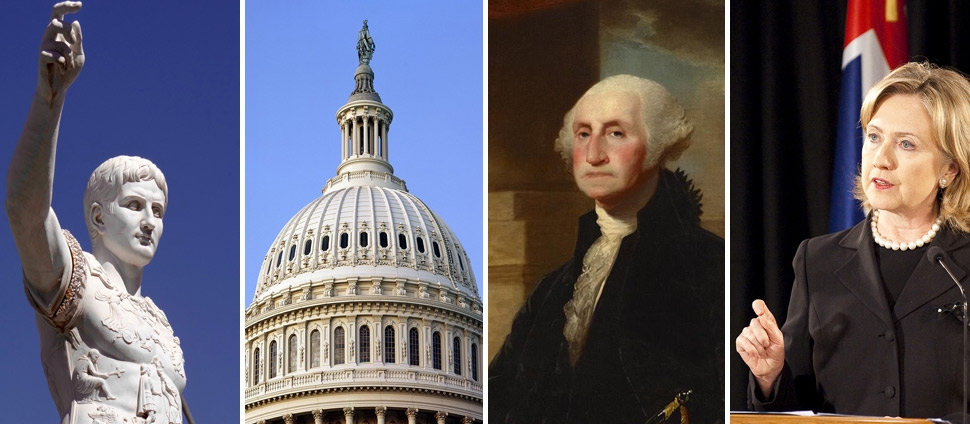Document Type
Article
Publication Date
Winter 2016
Publication Title
American Political Thought
Abstract
On the eve of the Constitutional Convention, James Madison developed a new theory of republicanism, one that would allow union on a scale previously thought impossible. The extended republic, buttressed by constitutional safeguards republican in nature, would, he argued, protect the rights of minorities without compromising the majority’s right to rule. But Convention delegates, unimpressed with Madison’s new theory, gravitated toward constitutional safeguards more mixed-regime in nature and so produced a constitution incompletely republican. This article examines the three minority interests that most occupied the delegates’ attention: small states, all states, and southern states; further, it employs three criteria for determining the presence of republican or mixed-regime protections: strength of constitutional barrier, cohesion of defenders, and duration of defense. The article’s conclusion reflects on the consequences of a constitution partly republican and partly mixed-regime.
Volume
5
Issue
1
First Page
26
Last Page
54
DOI
10.1086/684558
Rights
Licensed to Smith College and distributed CC-BY under the Smith College Faculty Open Access Policy. As per Chicago University Press Gold Access, CC-BY-NC.
Recommended Citation
Coby, John Patrick, "The Long Road Toward a More Perfect Union: Majority Rule and Minority Rights at the Constitutional Convention" (2016). Government: Faculty Publications, Smith College, Northampton, MA.
https://scholarworks.smith.edu/gov_facpubs/1


Comments
Archived as published.